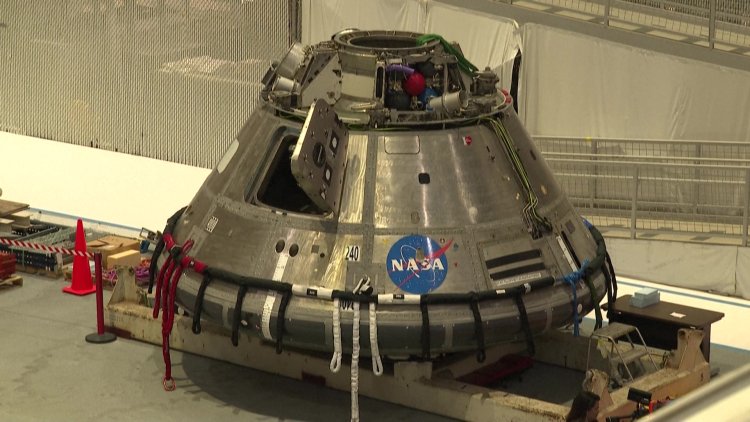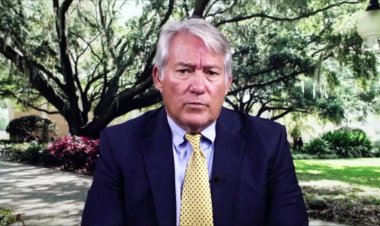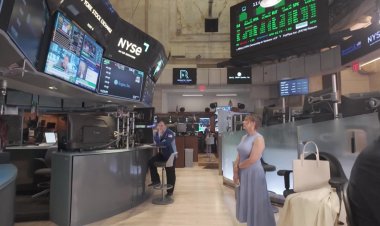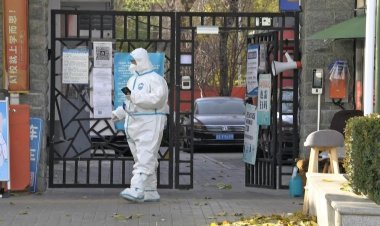NASA's Artemis program prepares return to the Moon

Rick LaBrode has worked at NASA for 37 years, but he says the American quest to return to the Moon is by far the crowning moment of his career.
LaBrode is the lead flight director for Artemis 1, set to take off later this month -- the first time a capsule that can carry humans will be sent to the Moon since the last Apollo mission in 1972, said.
"This is more exciting than really anything I've ever been a part of," LaBrode told journalists at the US space agency's Mission Control Centre in Houston, Texas.
The 60-year-old confided that the eve of the launch is likely to be a long night of anticipation -- and little rest.
"I'm going to be so excited. I won't be able to sleep too much, I'm sure of that," he said, in front of Mission Control's iconic giant bank of screens.
Artemis 1, an uncrewed test flight, will feature the first blastoff of the massive Space Launch System (SLS) rocket, which will be the most powerful in the world when it goes into operation.
It will propel the Orion crew capsule into orbit around the Moon. The spacecraft will remain in space for 42 days before returning to Earth.
From 2024, astronauts will travel aboard Orion for the same trip, and the following year, at the earliest, Americans will once again step foot on the Moon.
For the duration of Artemis 1, a team of about a dozen NASA personnel will remain in Mission Control 24 hours a day. The centre has been renovated and updated for the occasion.















